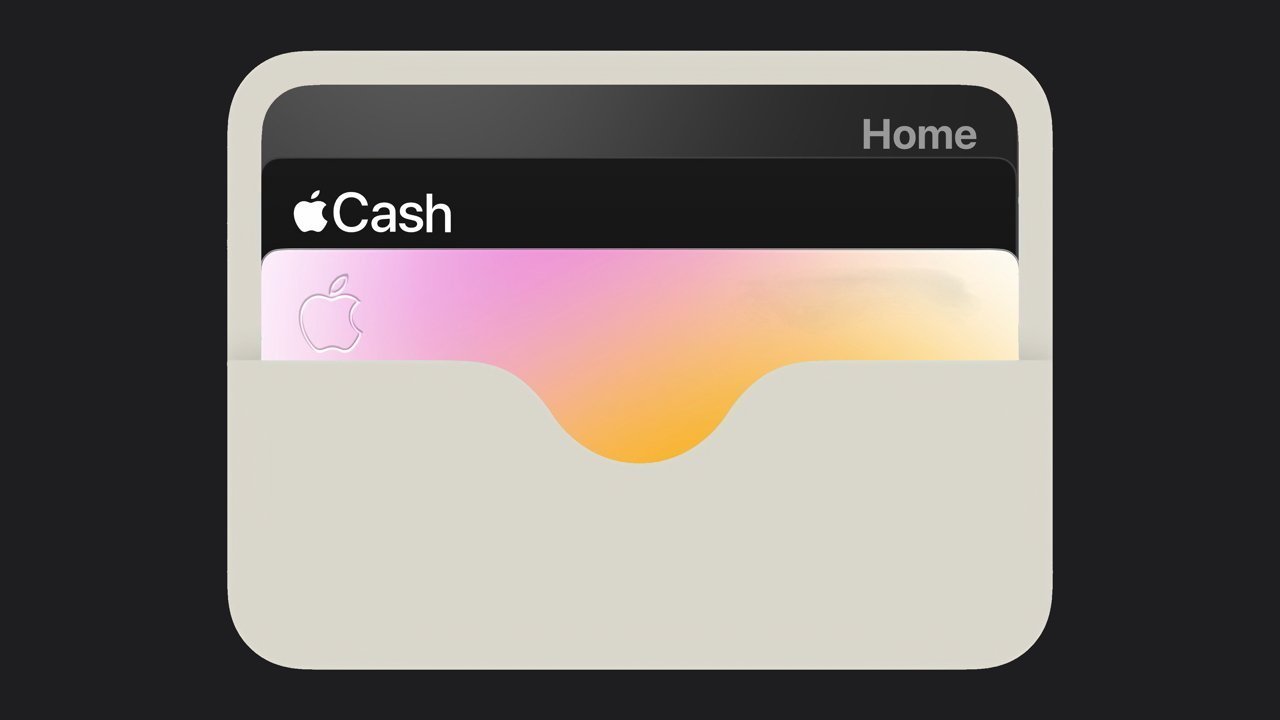Would it surprise you to learn that most Australian healthcare providers still rely on paper-based records?
Although health services in Australia have been heading down the digital transformation path for some years, the pace of change is slow. It’s simply not keeping up with what consumers expect – or demand. Why? And what can be done?
Electronic Medical Record (EMR) systems are not yet considered core infrastructure.
Virtual models of care such as telehealth, hospital in the home and remote patient monitoring are rapidly becoming normalised. Patients are treated at a place of their choice, and care is shifted outside hospital walls. If it’s not already, then soon this will be the expectation for many forms of non-acute healthcare delivery. But, these models of care will not be successful without underpinning core digital infrastructure.
A digital EMR system needs to be considered the same way we think of physical infrastructure, like roads and bridges. It’s fundamental. An essential part of any health service provider’s digital infrastructure.
This might sometimes require providers to reframe their existing business strategy. Rather than making digital transformation part of a ‘digital strategy’, providers instead need to think about the broader context – ensuring they have a business strategy fit for the digital age. It’s a mindset shift.
EMR implementation was previously a slog, but cloud-based SaaS systems change that
In the past, hospitals and healthcare providers have found EMR implementation, long, complex, and with significant capital expenditure. But technology evolves quickly, and scalable, cloud-based solutions are appearing on the market.
There are limited options in Australia right now, but this is changing. As more appear, implementations will soon be measured in months rather than years. Costs will continue to come down, while interoperability – crucial to ensuring patient information is readily accessible across all platforms – will be core. Patients will have increased transparency of their data, giving them more agency over their health outcomes.
Advantages of cloud-based, Software as a Service (SaaS) models
- Better clinical and population health outcomes.
- Reduced disparity in regional and remote areas.
- More empowered patients.
- SaaS models slash infrastructure and hardware costs.
- It’s quicker (and therefore cheaper) to configure and deploy solutions.
- It reduces the need for capital expenditure linked to infrastructure, shifting costs to operational expenditure.
- Enhances opportunities for innovation and scalability.
- Enables improved mobility, supporting a mobile workforce and virtual models of care for patients.
What can be done?
There is an opportunity to bring together the public health sector with private operators to develop a compelling business case for EMR implementation.
The size of the opportunity is huge. While many large metropolitan public hospitals have some form of EMR system, the story is very different in the private sector and regional and rural healthcare services.
In 2016, it was estimated that the economic benefit of deploying EMRs across all Australian hospitals would be in the order of $1.76 billion annually.1





















Discussion about this post